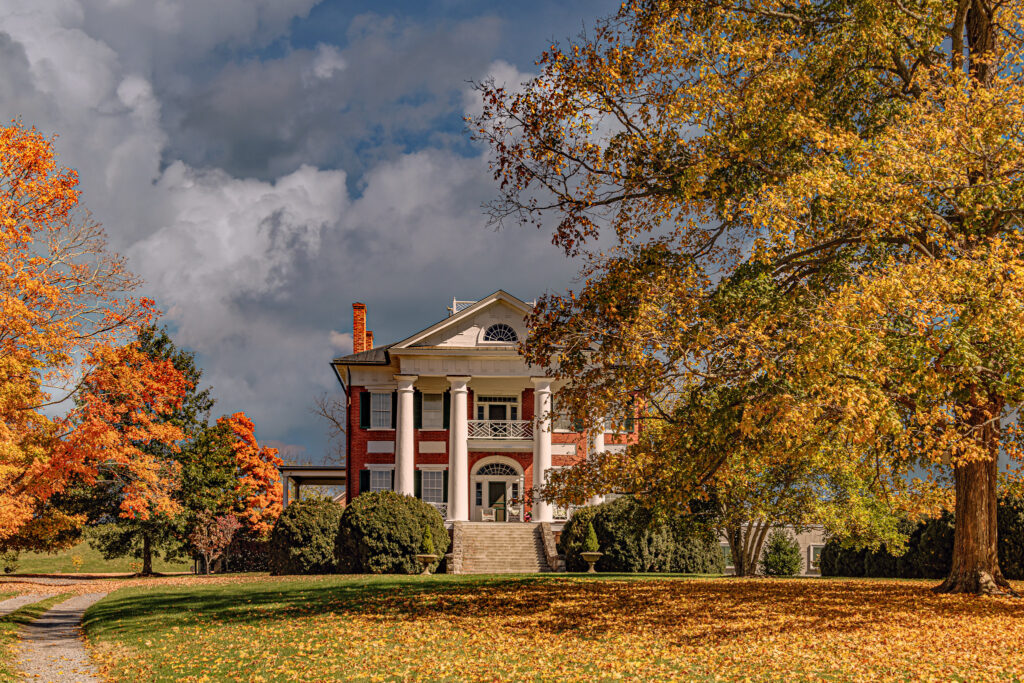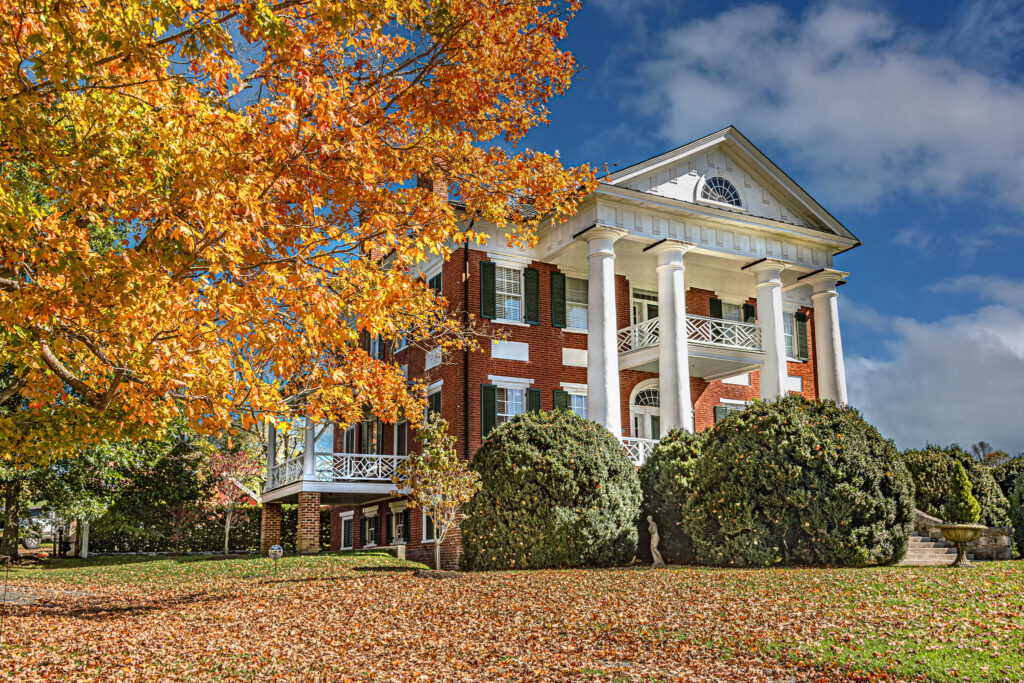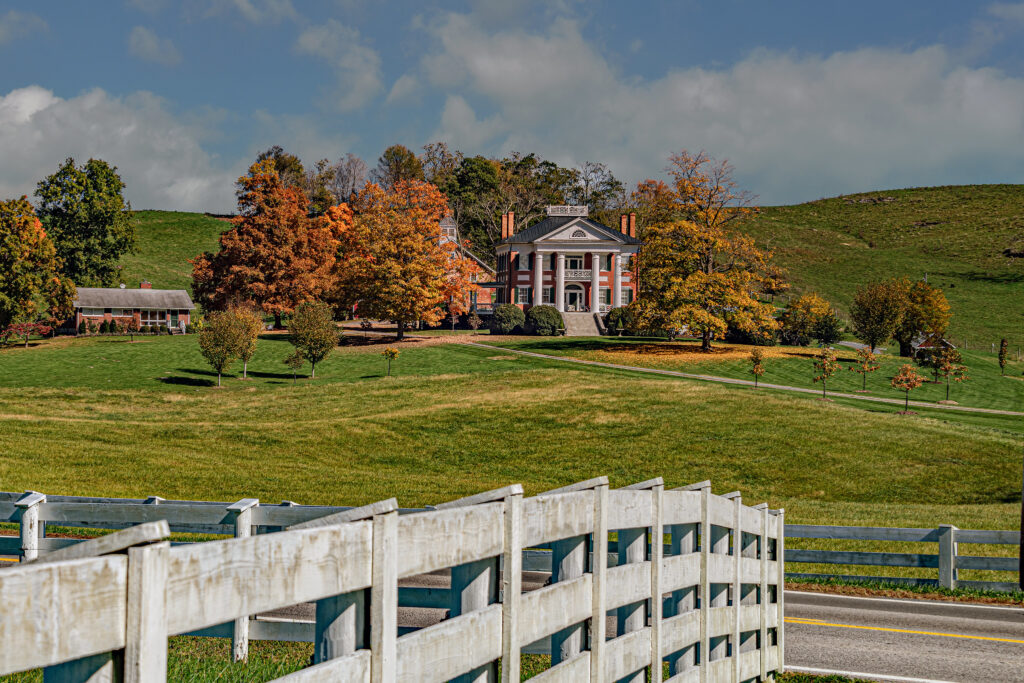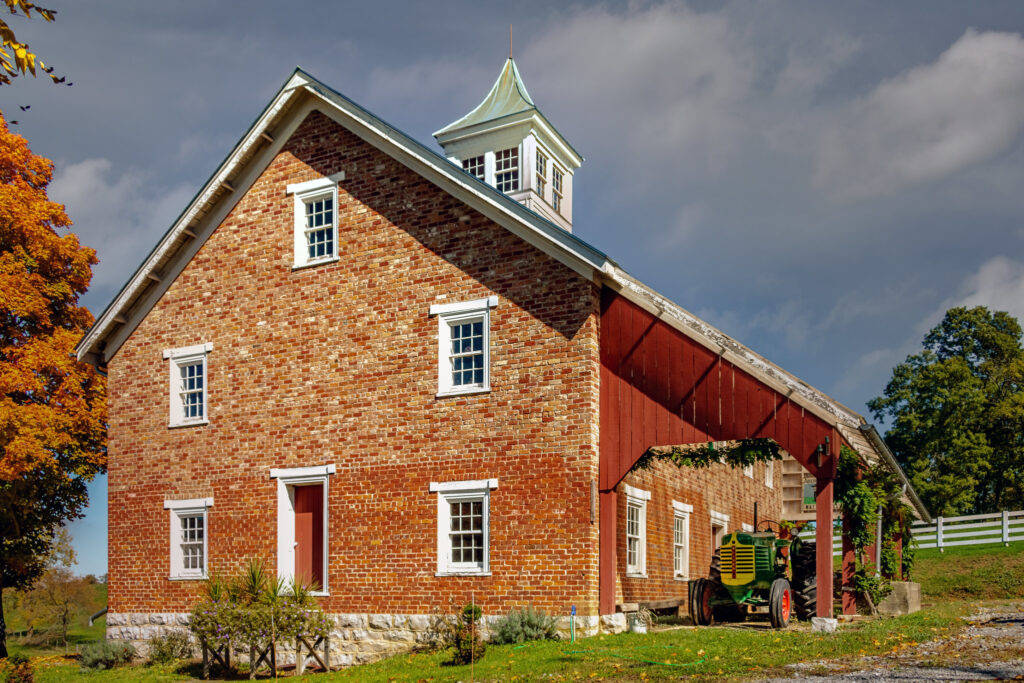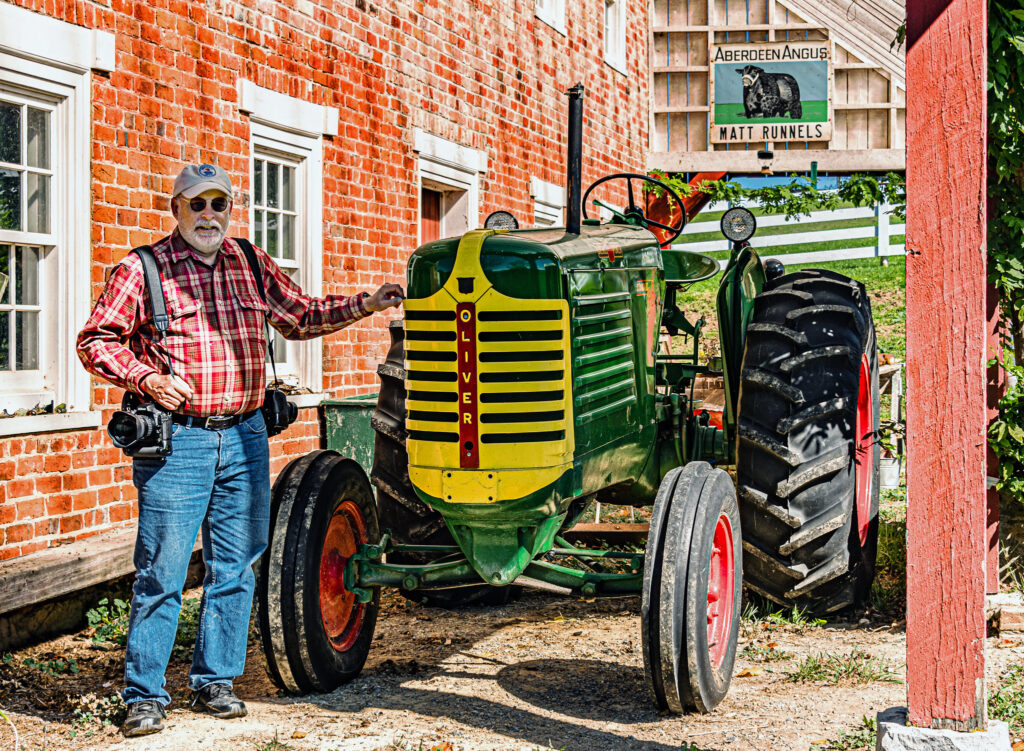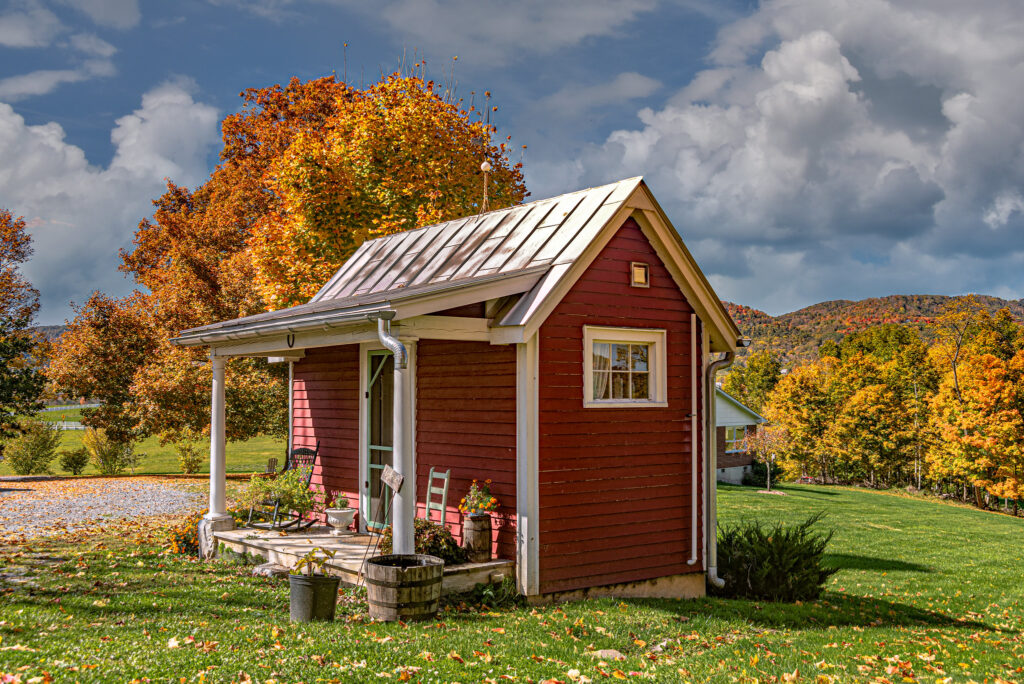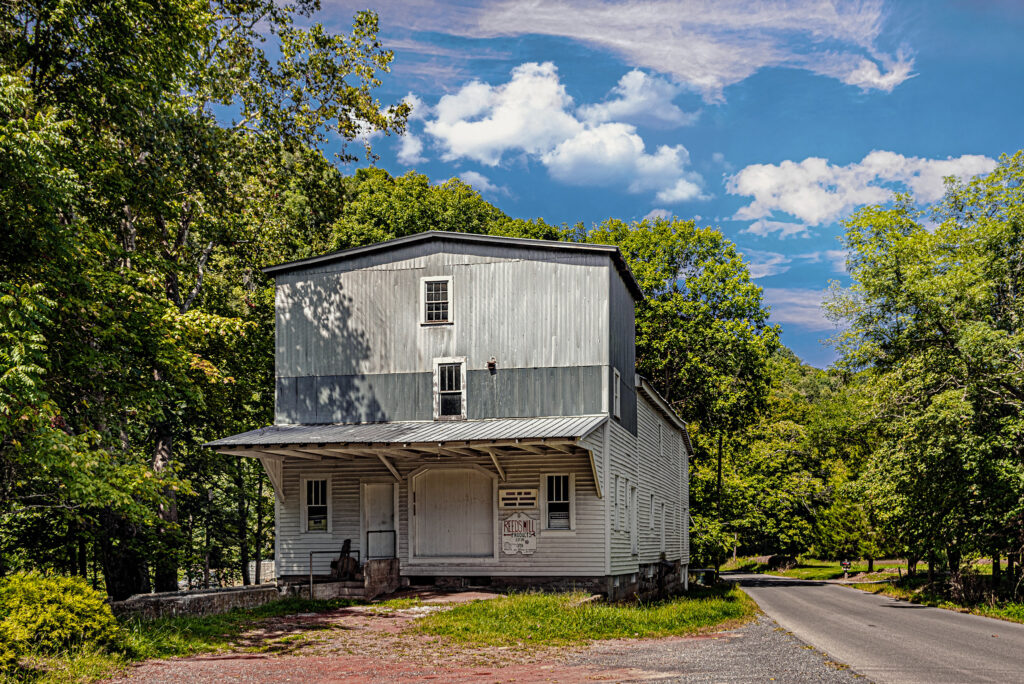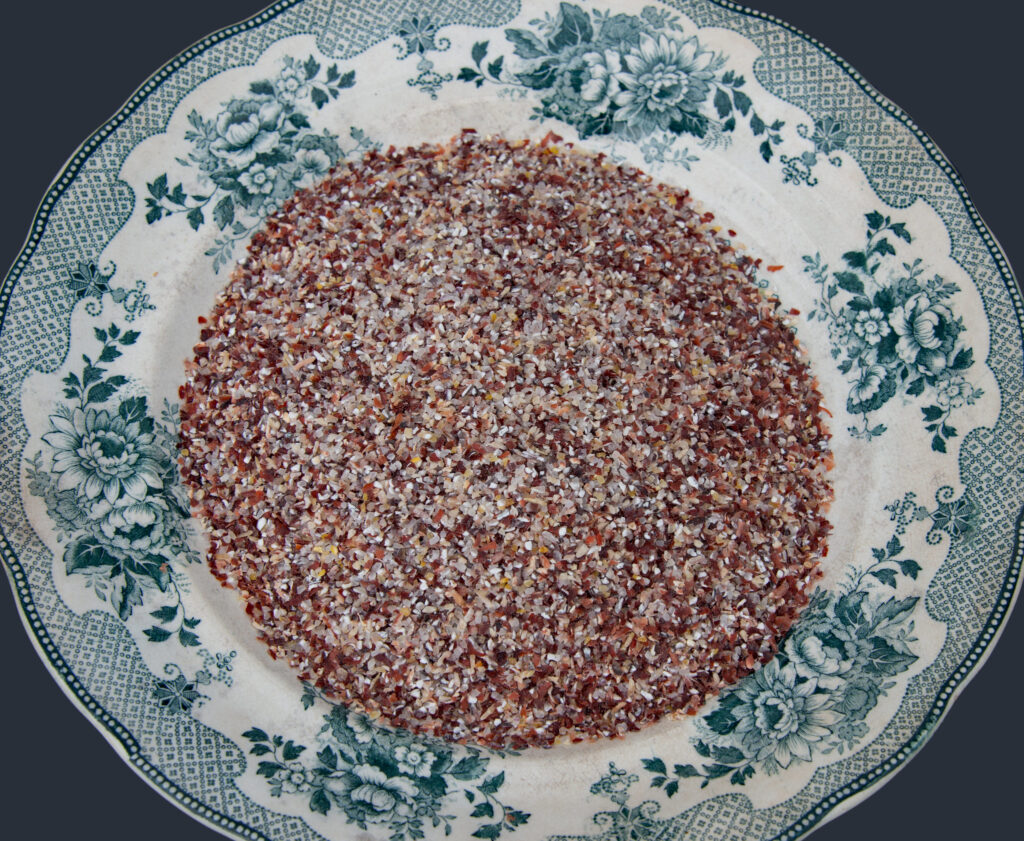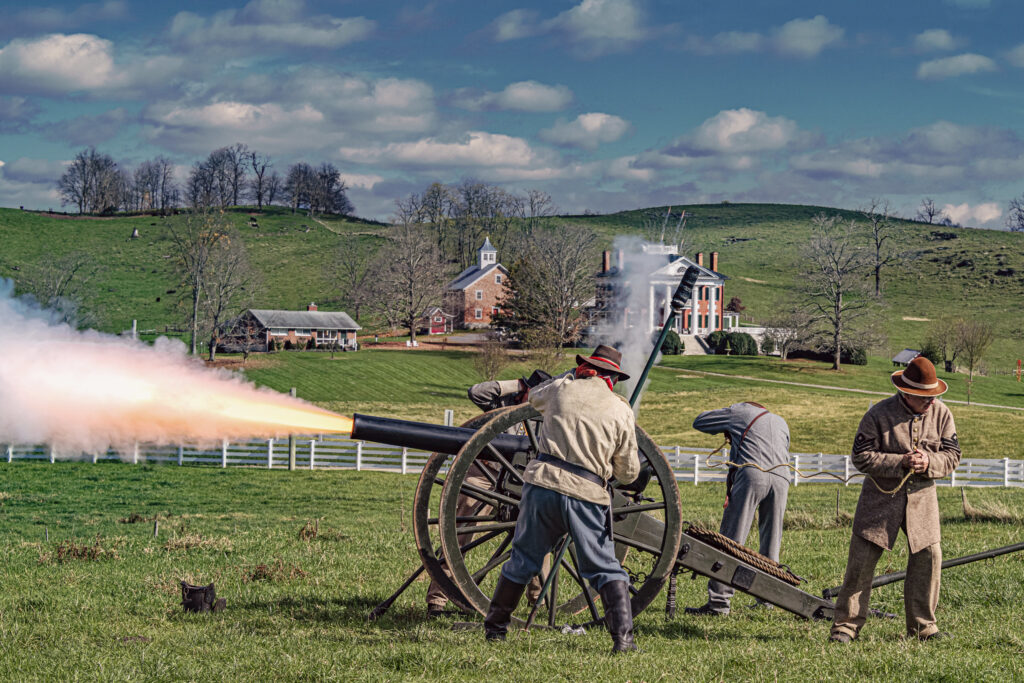
Sometimes great shots aren’t planned. Many of you know that I like shots with clouds. When I left the house there wasn’t a cloud in the sky, but I had a couple of cameras with me anyway, as is usual. I had some errands to run, and the dogs were almost out of their favorite dog food, so I knew I would have to pick up a few cans before returning home. I made it to Union (WV) and stopped at the grocery and picked up a few items. By the time I was out of the store, clouds were filling the sky and I decided to drive by some of the town’s historic homes and structures. As I neared the northern edge of town, I noticed Confederate flags flying at the Confederate War Memorial, and I decided to check it out.
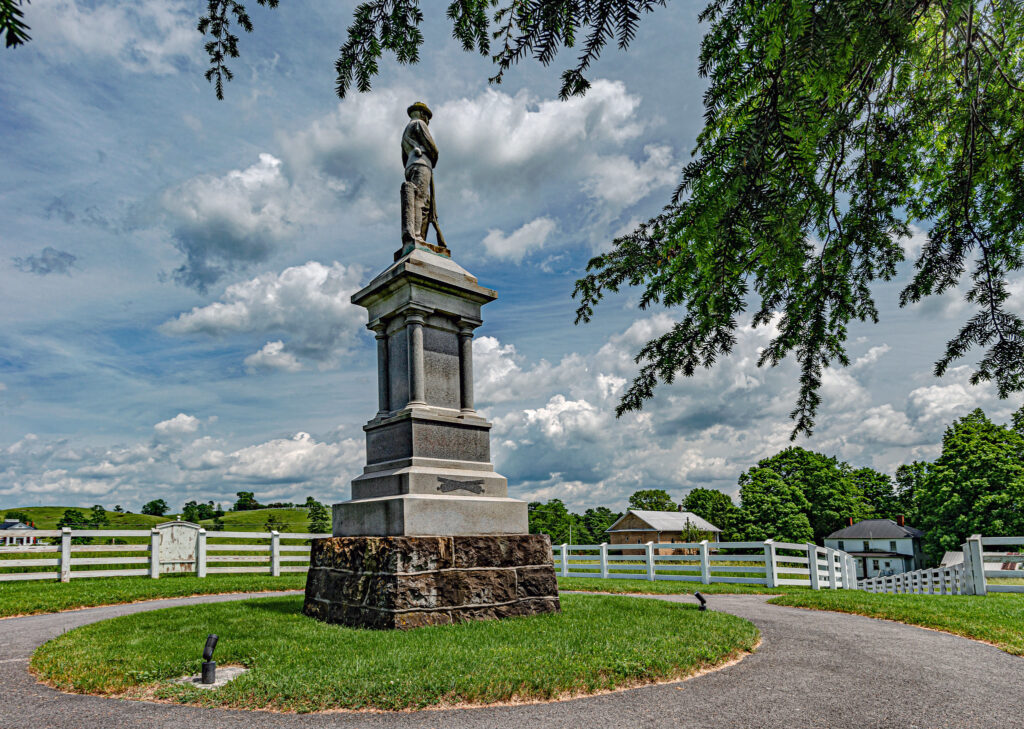
A few men and a woman in uniforms and Civil War period dress were milling around the monument that honors Monroe County’s Confederate soldiers. I found out that Beirne Chapman Camp 148 of the Sons of Confederate Veterans was having a social. People were coming and going, as reenactors answered questions about local history, and their activities to honor and remember the young men of Monroe County that fought for the Southern cause. The group was there to celebrate their second anniversary.
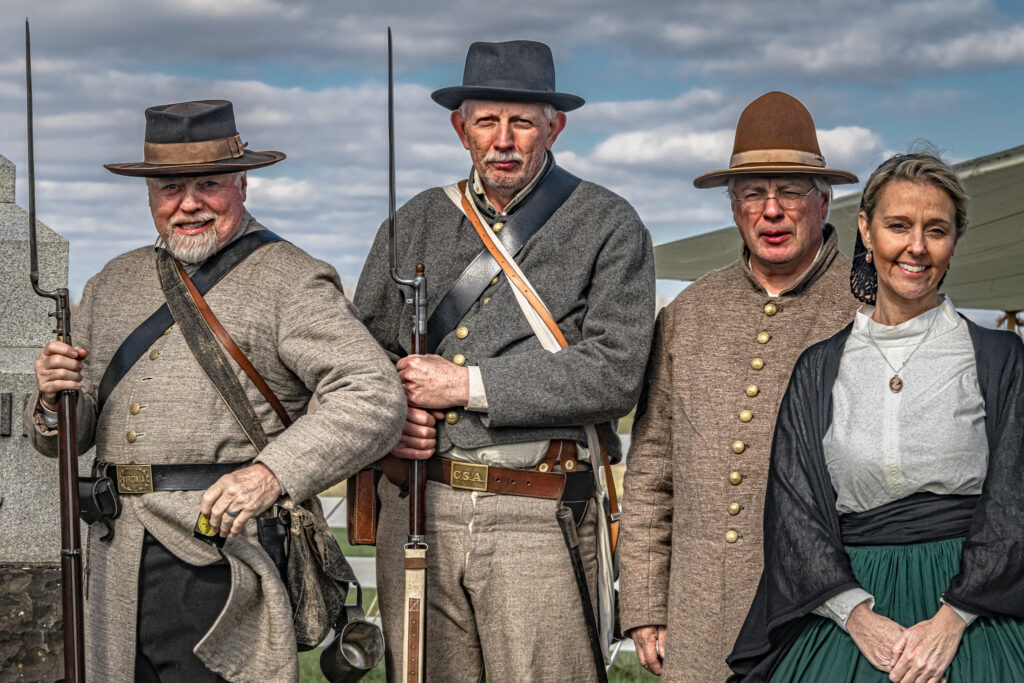
The location of the Confederate monument, is directly across US 219 from Elmwood Estate. In 1864, some 10,000 Union troops, under the command of Gen. George Crook occupied Union for five days and looted the elegant Southern mansion, which has been restored, and is now a venue for weddings and other events. The Union soldiers camped in the fields around Elmwood, where the Confederate monument now stands, and the events of today were going on.
A member of the Sons of Confederate Veterans group, Commander Steve Dransfield, asked if I was going to stay for the cannon to be fired. They were going to be firing a Civil War era cannon as part of their historical display. That was something I didn’t want to miss. I walked around and snapped a few shots while they readied the gun. I was hoping to catch the muzzle blast. I knew that it had to be perfectly timed, as there wouldn’t be a second chance.
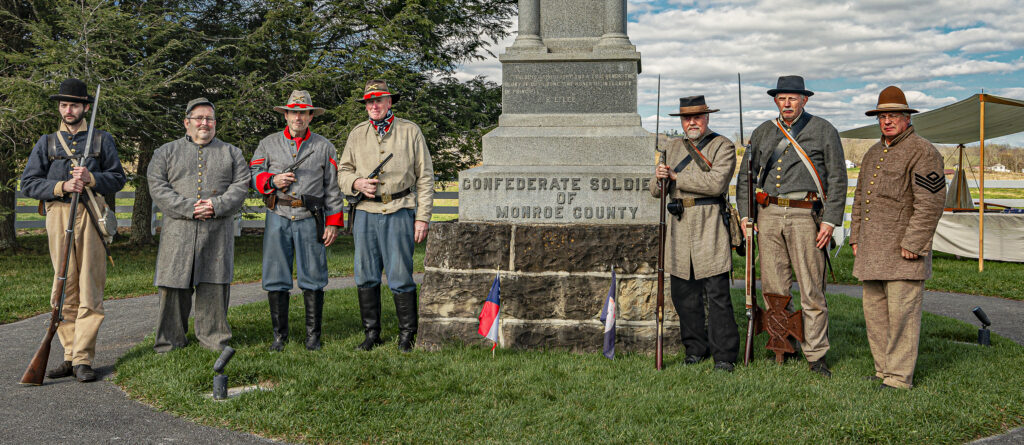
I shot a few images of their rountine. The men covered their ears and I prepared to shoot. I heard the command, “Fire.” My shutter clicked and I heard the boom. I shot a couple more images, as they finished up.
As the men came near, one asked if I had caught the muzzle blast. I hit the button on the back of camera to review the images, and went back a couple of frames. I showed him the viewfinder. Yes, I had got the muzzle blast. It was better than I had expected. I knew that I had the shot that I wanted. I shot a few more frames and then headed home to process the images, feed the dogs and work on this article.


